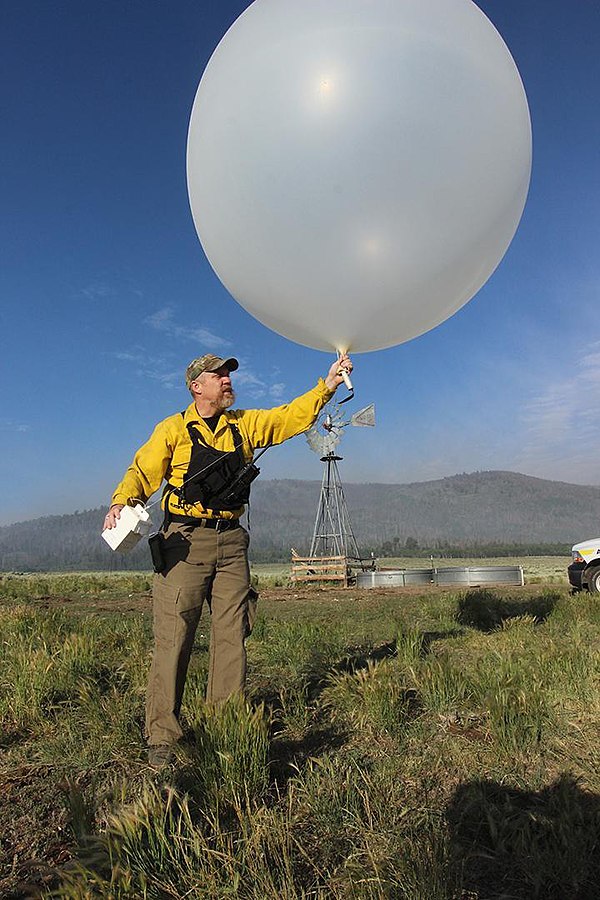Gathering information about the weather is a crucial role done by meteorologists to help society. They have been using different instruments, and one of them is weather balloons. A weather balloon looks like a hot air balloon, but it’s much more than that. It’s a type of high-altitude gas balloon that carries out meteorological instruments to collect and send back information regarding atmospheric pressure, temperature, wind speeds, and humidity using a device called a radiosonde. The radiosonde measures atmospheric parameters.
To obtain data about wind speed, the device tracks the speed of a weather balloon with radar, radio direction finding, or navigation systems like the GPS. Weather balloons designed to stay at a constant altitude for long periods of time are called the transosonde. Weather balloons are used because it’s almost impossible to predict the weather without determining weather conditions in the upper atmosphere.
History
Little has changed about the weather balloons since it was developed in the late 1800s. Surprisingly, despite many of today’s modern technology, weather balloons are still a lot similar to the first that lifted off the ground. It still gathers weather data that people depend on daily.
Weather balloons originated in France in 1892, with devices that measured temperature, humidity, and barometric pressure. But the balloon had to be retrieved for them to collect the data. When temperature cooled in the night, the gasses also cooled, and the balloon deflates and descends. There was no control over the balloon descending back to the ground, and sometimes, they would drift hundreds of miles, which makes data gathering difficult.
French meteorologist Leon Teisserenc de Bort did one of the earliest documented uses of weather balloons. In 1896, he was launching hundreds of weather balloons from his observatory in Trappes, France. His work helped discover the tropopause and stratosphere. Because of his instrumental work, Leon Teisserenc de Bort was honored to have both a crater on Moon and a crater on Mars named after him.
During the early 1900s, geophysicist and meteorologist Alfred Wegener tried to use weather balloons to perform experiments. This helped him develop his Continental Drift Theory, which was published in 1912. This theory was met with a lot of resistance and wasn’t accepted until the 1960s, which was more than 30 years after his death.
When radio tracking systems were invented in the 1930s, balloons were used as complete floating weather stations. It used instruments such as barometers, thermometers, cameras, telescopes, and hygrometers. Radiosondes contained sensors to detect weather elements, as well as radio transmitters for sending data back to meteorologists. After the balloon reaches maximum altitude and bursts, the radiosonde descends back to the ground, attached to a parachute.
The transosondes, or the weather balloons that are designed to stay at constant altitude for long periods of time, were experimented in 1958. These balloons help diagnose radioactive debris from the atomic fallout. These are also called zero-pressure balloons and later, super-pressure Mylar balloons. It was invented by a research team from the Air Force, which could reach greater altitude than most weather balloons. It can remain at a specific altitude for weeks or months where they record and transmit data. When launched over water, the amount of data that can be collected increases. The balloons then send the data to satellites.
Today, both closed rubber balloons that burst at high altitude, and semi-permanent, super-pressure Mylar balloons are still in use. Approximately 900 rubber balloons with radiosondes ascend Earth’s atmosphere twice a day throughout the year, all over the world. While it does, the balloons transmit data to deliver vital weather information to forecasters around the globe. Flights typically last up to two hours.

